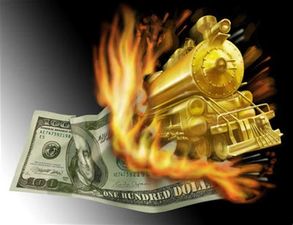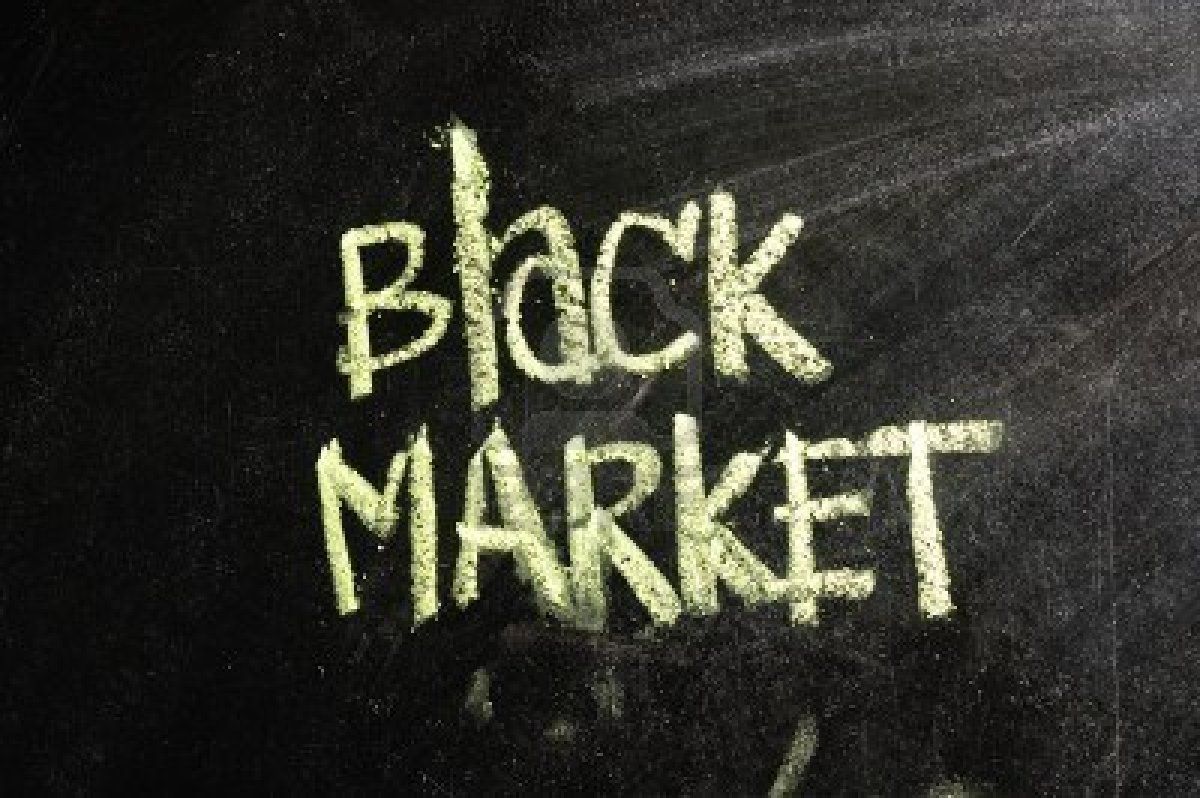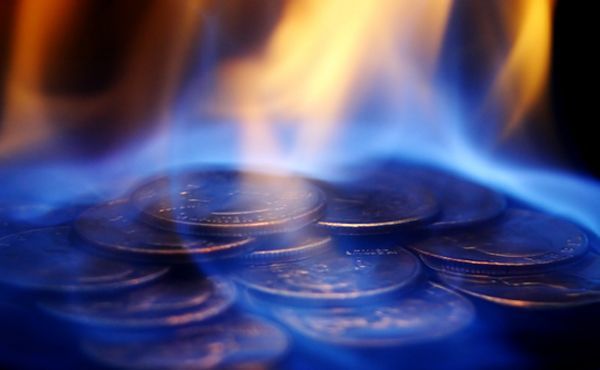This post is a follow up to my first article posted on this blog, “Fiat Money.” That post was a discussion of the fact that American currency is “fiat money,” that is to say, nothing backs up the paper bills or coinage of US Government—unless you consider the copper, nickel, brass and zinc content in US coins particularly valuable. Granted, this metal content is a commodity, with spot commodity market values. The last year any US coinage contained any silver was 1964.
So, what happened to 1964 and older silver coinage that once was in circulation? “Collectors,” or people smart enough to know that the post 1964 coinage was essentially worthless had the foresight to pull the 1964 and pre-1964 coinage out of circulation. One commentator on the topic believes most of the silver coinage was removed from circulation by 1979. Silver went on to reach a spot price of $48.00 per ounce during the next year, 1980. 1964 and pre-1964 silver pulled out of circulation is commonly known as “junk silver,” and pre-1982 pennies removed for their copper content is/are known as “junk copper.” According to one southern coin business website and another website, it is illegal to melt down US nickels and pennies if one’s intent is to sell the resulting raw metal as salvage to realize a profit. Silver coins, apparently, do not come under this prohibition. For those readers who like math, generally speaking, silver coins with an aggregate face value of $1.00 contain .715 troy ounces of silver. Coin dealers sell junk silver, to and for those who see it as an investment vehicle.

In a brief reference, in “Fiat Money (part 1),” I wrote that the US gold supply is kept in the gold depository at Fort Knox, Kentucky. The construction of the gold depository building on the Ft. Knox army base began in 1935 and was completed the next year. The gold depository vault, per https://www.wikiwand.com/en/United_States_Bullion_Depository has only ever been open to civilian visitors only four times since its completion in 1936 or eighty-five years. According to https://www.wikiwand.com/en/United_States_Bullion_Depository, the civilian visits included President Franklin Roosevelt in 1943, former US Mint Director Mary Brooks, and certain members of Congress and the news media in 1974, Treasury Secretary Steven Mnuchin, and again, certain members of Congress, in 2017, and Treasury Secretary John Snyder in 1948.
And, what did these office holders and political appointees see inside the depository? Did they see 147.3 million ounces of gold bullion (as of 2018 according to https://unpops.com/still-gold-fort-knox) or did they see bars of tungsten, perhaps plated with gold to resemble genuine bars (http://news.goldseek.com/GoldSeek/1258049769.php)? The density of tungsten at 20 degrees Celsius is 19.25 grams per cubic centimeter. Gold has a density of 19.32 grams per cubic centimeter. Certainly close, no? The dimensions of gold bars in federal reserve banks is reported to be 7 x 3.625 x 1.75 inches (http://chemistry.elmhurst.edu/vchembook/125Adensitygold.html). Accordingly, a bar with these dimensions, at the density of gold, would weigh 30.94 pounds. Consequently, and allegedly, there are more than 133 million troy ounces of gold stored at the gold depository. Or is there? Perhaps, what is at Ft. Knox is enough tungsten to manufacture light bulb filaments for the next (x) number of years.

Maybe, whether the gold is there or not is irrelevant. Why? Because American currency is not convertible to any precious metal (See my first article for this blog (“Fiat Money,” https://ofthefreemarket.com/)). No US citizen may exchange US issued paper notes or coinage for either gold or silver (https://fas.org/sgp/crs/misc/R41887.pdf). According to the US Government a dollar in November 1966 was worth $8.12 in May 2021 dollars (https://www.bls.gov/data/inflation_calculator.htm). Thinking of investing in gold, silver or perhaps another precious metal in 2021? Perhaps, the fact that your money is worth more than eight times less than it was in 1966, may cement your decision. I am signing off here; however, I would like to thank Caleb and Seth, the creators of this blog for the opportunity to contribute to this/their project. If any readers have a suggestion or suggestions, for future blog articles that you would like to see under my byline, kindly leave them in the comments section.
So Solomon overlaid the inside of the house [temple] with pure gold. And he drew chains of gold across the front of the inner sanctuary, and he overlaid it with gold. 1 Kings 6:21 (NASB)




